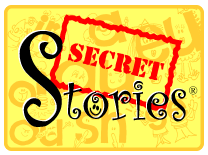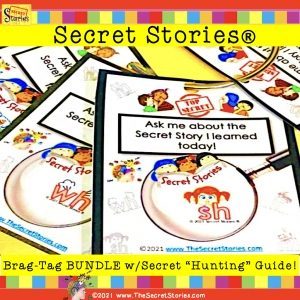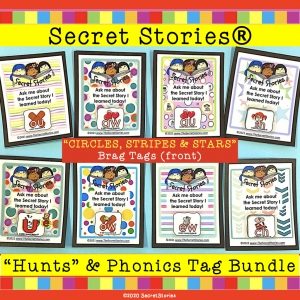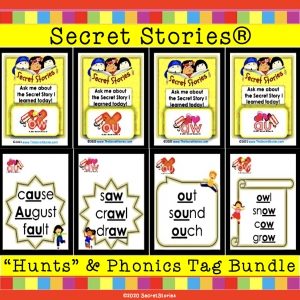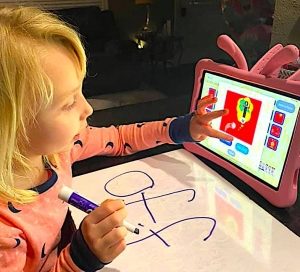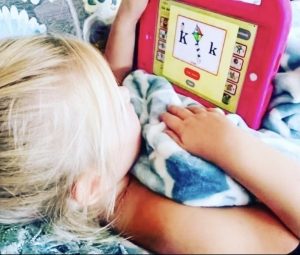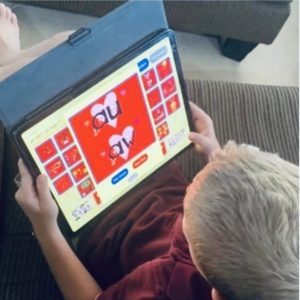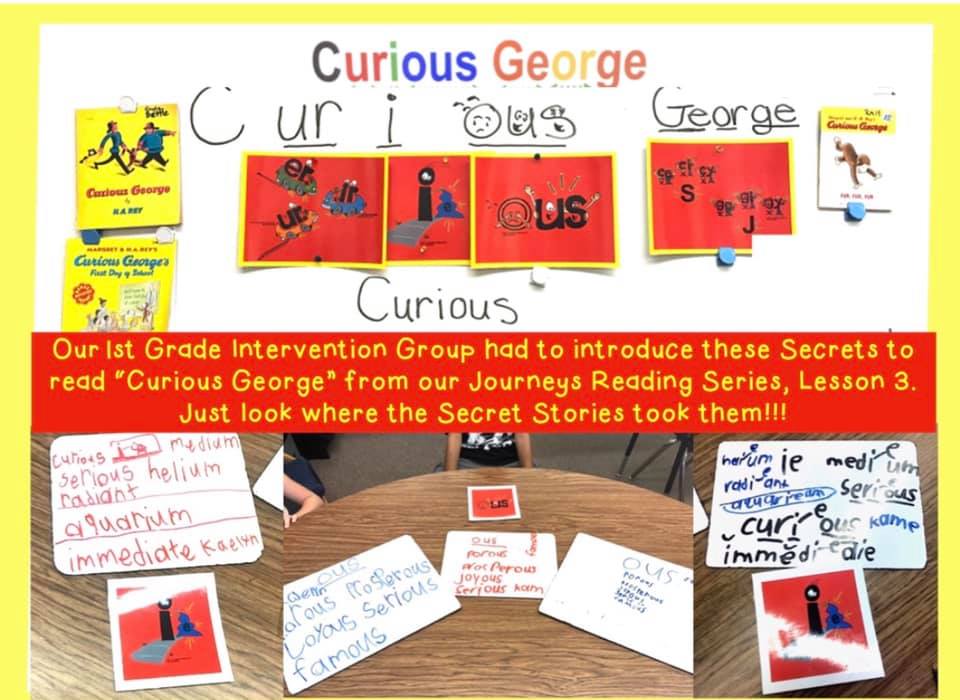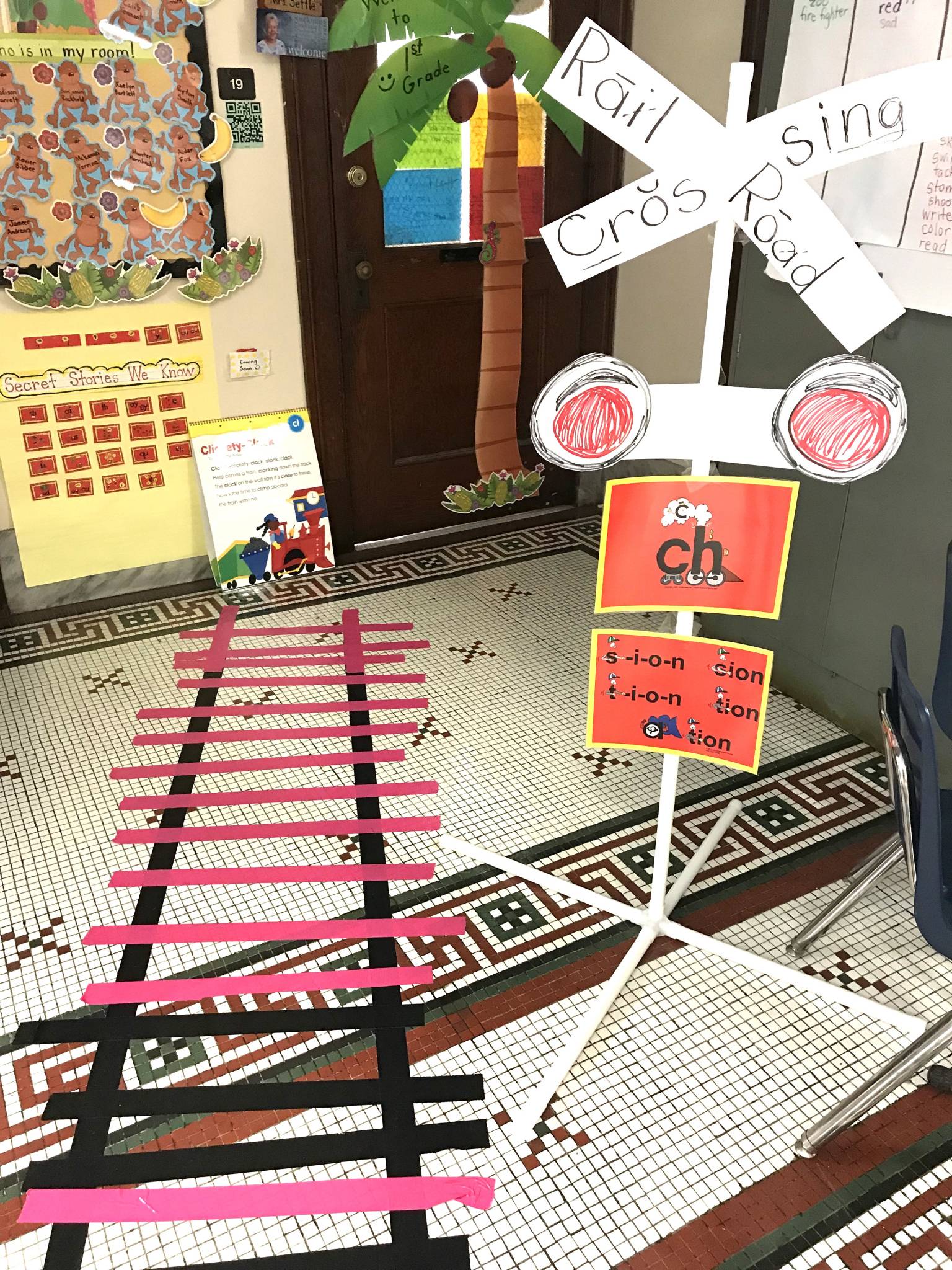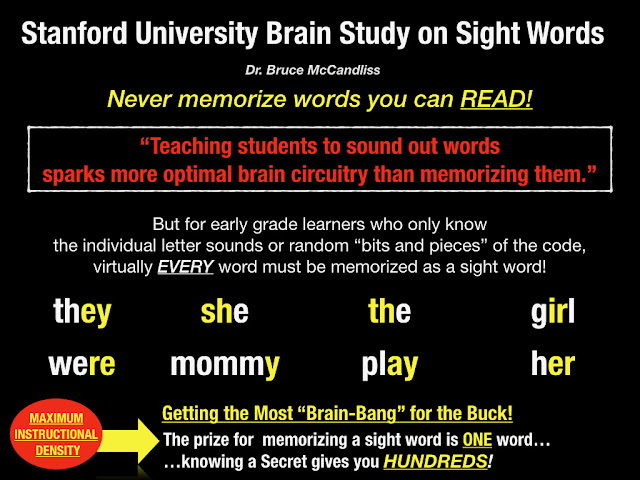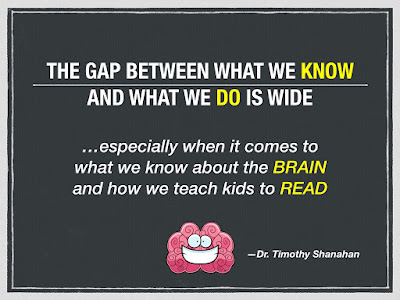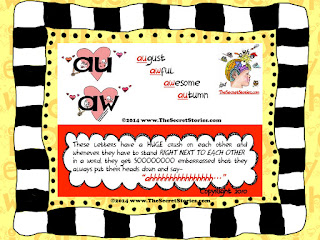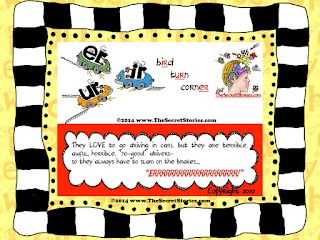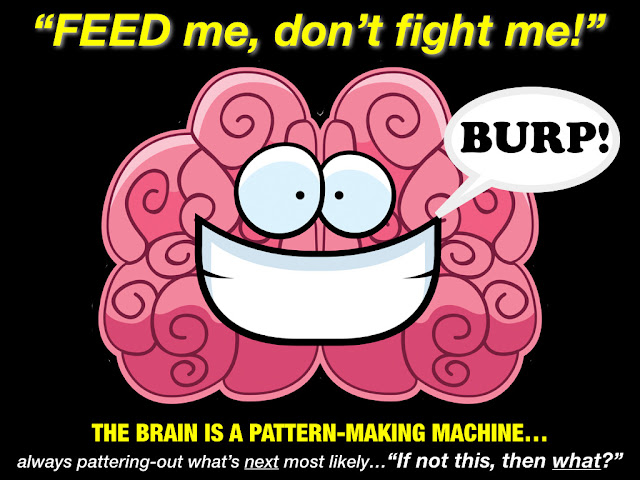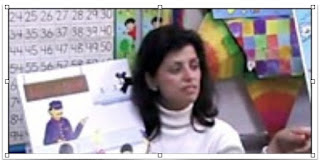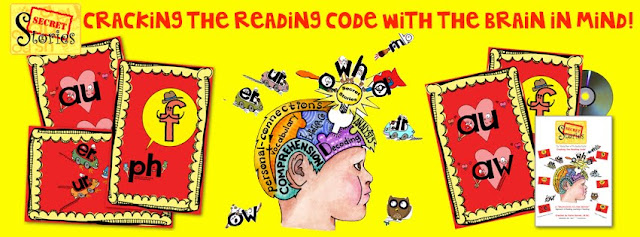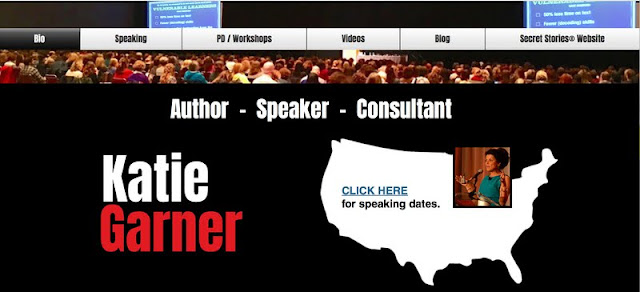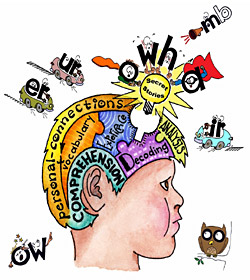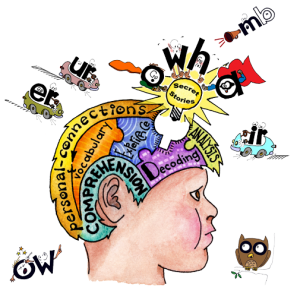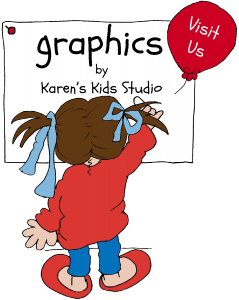Phonics “Secrets” to Support Reading and Writing at Home
“The Best Gift I Have Ever Given” was originally posted on Tara Settle’s popular teacher blog, Settle on In. With permission from Tara, it’s re-posted below, along with some background.
Update Note: An “unlisted” parent-share page has been created to help teachers share information about how Secret Stories® are used to read and spell in the classroom, and how they can best support reading and writing with them at home. Here is the direct link, which you are welcome to share with parents in your classroom. https://www.thesecretstories.com/learn-more/free-phonics-resources-for-parents/
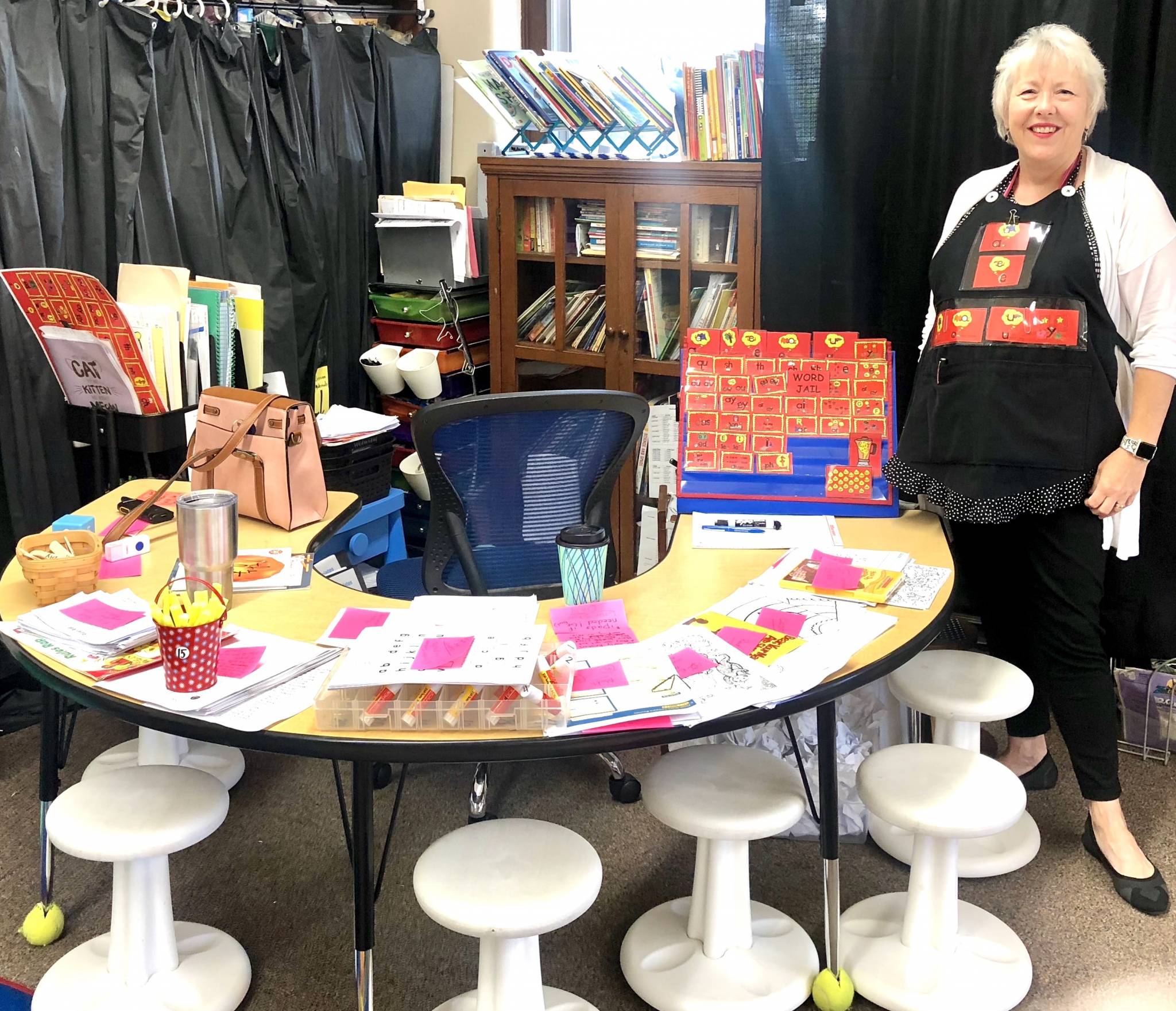
Tara Settle – 1st Grade Title I Teacher Tara Settle from Settle On In
If you have read my previous post, then you know that I am a passionate advocate for Secret Stories and the accelerated access to phonics skills they provide beginning grade learners for reading and writing. In fact, I am always telling teachers that I meet about the Secrets and the huge difference that they make.
Secret Stories is a brain-based approach to fast-track phonics skills for reading and writing, giving kids the logical explanations for letter sound “behaviors” that their brains crave! It’s not a program, and no additional time is needed to teach it. The Secrets are simply teacher tools that make phonics make sense to kids, so that they can have more of the code to read and write with. (And if you’re a K or 1st teacher, then you know how important this is!)
I love the spirit of teachers. We are all in this together—not for us, but for the kids. That is one of the things that I truly appreciate about being a teacher, as well as our need to share great ideas with one another! And so, now that the hustle, bustle, and chaos of the Christmas classroom season is over, I wanted to share something that helped me so much during the year, and was actually the inspiration behind this post.
As I work in a Title 1 school with many extremely low level students, we rely on our Secret Stories. It is simply the best tool I have ever used in my classroom to turn my students into readers! I will never teach without the Secrets again, period! I bought them with my own money one summer because I was so desperate to help my struggling students. As a teacher, I was so frustrated because I felt I was failing them year after year, no matter what I tried. Yes, they were learning to read, but I knew they needed to make more progress in first grade, especially given the new demands and standards.
Fast-forward “post-Secret Stories” and I no longer feel this way! I finally feel like I am providing the best approach to help all of my students master reading, and it doesn’t even matter which reading series we use! As long as the kids know the Secrets, they have access to ALL of the phonics tools they need to crack the code—regardless of which book our district adopts. I honestly feel this way, and that was how the BEST GIFT I have ever given came to be this year….and I am so excited to share this idea with all of you, my fellow teachers!

I had recently watched a Secret Stories Sunday YouTube LIVE with Katie and one of the Title 1 teachers mentioned having held a parent event at their school and giving out the Secret Stories to parents on something called Porta-Pics
We actually used these in our classroom, but we call them “Code Crackers,” or our “Code-Cracking Cards!” I had been pondering what holiday gift to give my first graders, and it suddenly hit me….I could give them the entire “Secret Phonics Code” to take and keep at home! This would literally be the BEST GIFT I could ever give my kids!
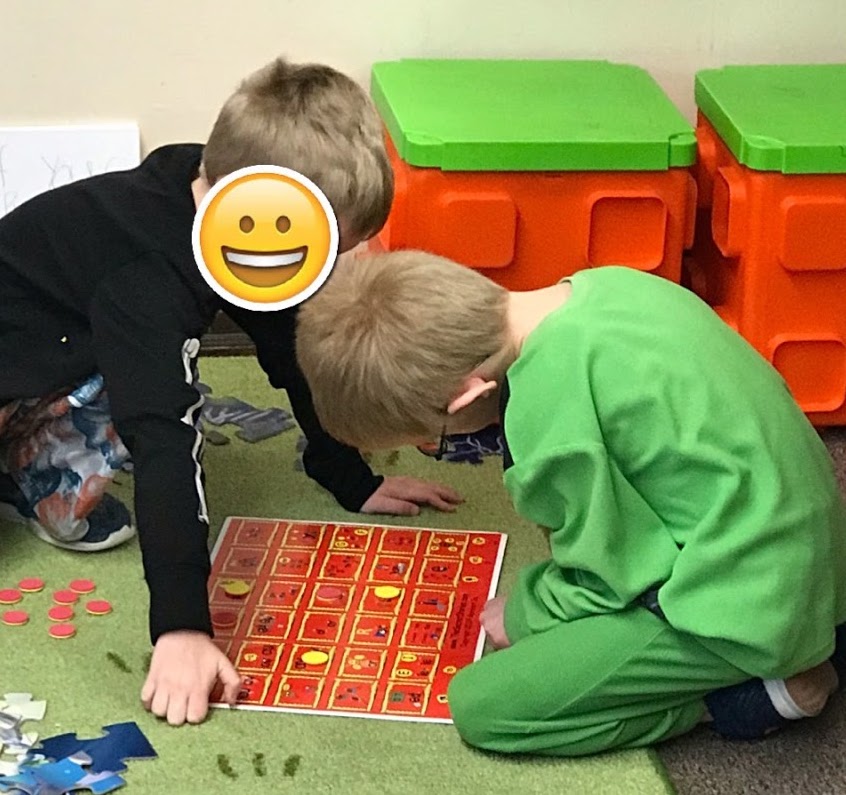
Why hadn’t I thought of this before???
Oh yeah, money and cost, duh!
Porta-Pics would cost about $2.60 per kid (as the class set is $65), but I figured and schemed my way around this problem!
At our Title 1 school, each teacher receives $100 to purchase items for the classroom. I already had a set of Porta-Pics that I used in the classroom, so I could give those to my kids this year, and then use next year’s Title 1 money to replace them for next year’s group… and I’d still have $35 left over! :-)
So I did it! And truth be told, I really would have paid for them out of my own pocket, once I realized what a dunce I had been all these years, teaching Secret Stories, but never giving the Secrets to the kids to keep and use at home. What had I been thinking? This was another “a-ha” moment in my teaching life.
The last part of my gift was to try and make sure that the parents understood what a precious gift their child now owned. The children needed help from a trusted adult to protect this treasure! (No kidding, I really feel this way, too!) So I typed up a note to the “trusted adults” and taped it on the back of each Secret Stories Porta-Pic “treasure” code card.
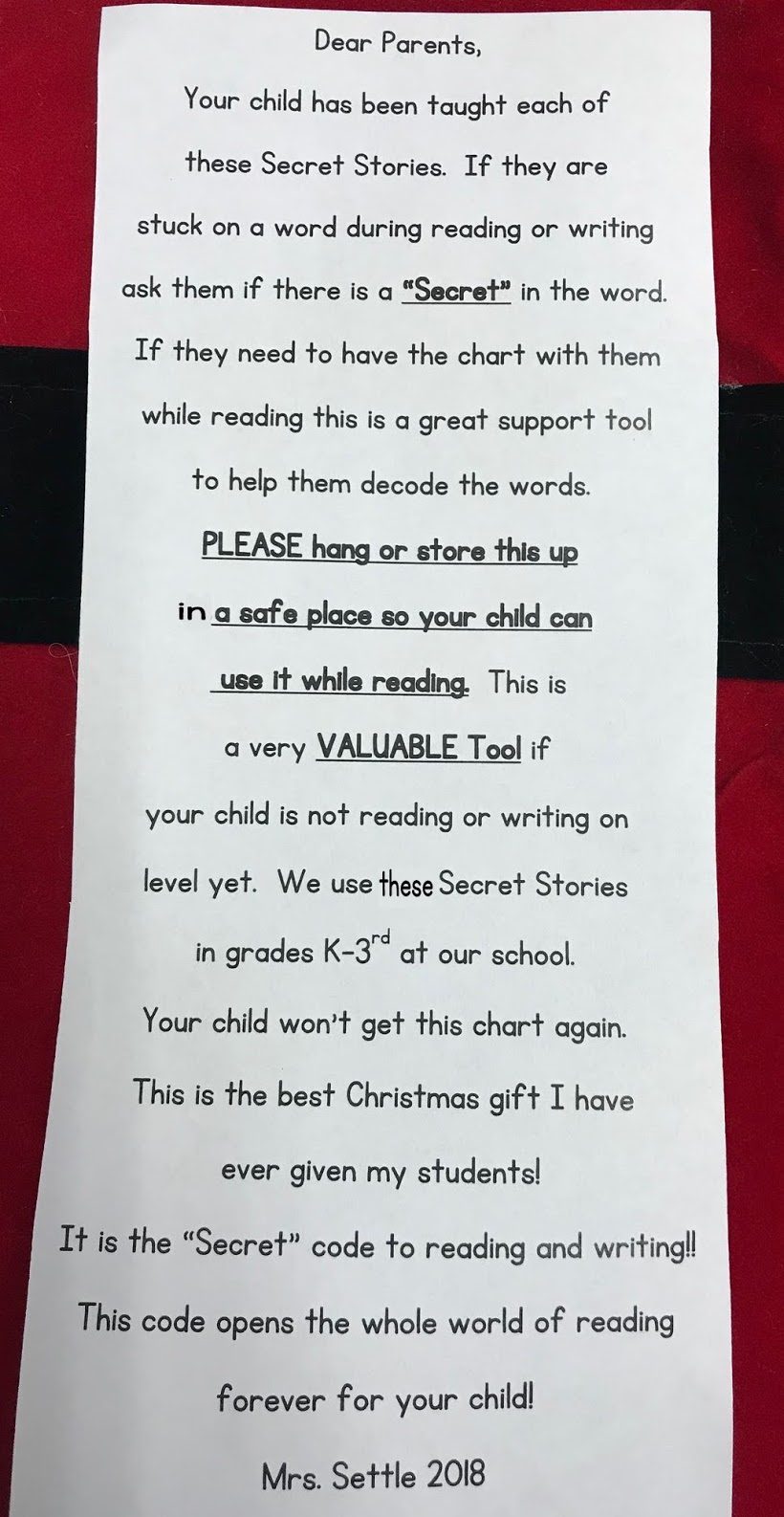
Honestly, I even teared-up a bit as I taped each note on each gift. I explained to the parents that this was the BEST GIFT I had ever given my students. I didn’t want to brag, but I wanted them to understand the power of this gift to help their child.
It sounds strange to say (although all teachers will understand) but I was actually saddened that I had never given these phonics code-crackers to my past students. I had taught them all of the the Secrets as we worked our way through our Journeys Reading Program, but I never gave them this piece of additional support for home. This class, however, would have help “on-hand” and ready for use at home whenever they needed it, so that they can be the teacher and educate their parents about the “stories” that help them read. The parents, in turn, could learn along with their child, and have a “real” tangible tool to support their children as readers. Maybe the Secret Stories will help take away some of the frustrations that children and parents feel in trying to improve their reading levels, fluency, sight word knowledge, and so on, and so on…
Now can you now see why this is the BEST GIFT I have ever given my class?
And if you are saying to yourself, “Well, Mrs. Settle, Christmas is over, so I will try to remember this idea next year.”
I say to you, “Why wait?!!”
I am seriously disappointed that I waited so long to think about giving this precious gift to my students. Don’t make the same mistake. You could give them as a New Year’s Gift or a Valentine Present. Better yet, hold a parent event in your classroom and let them know will be giving out a special treasure to all those who come! Make it pirate-themed event with Porta-Pics as the “gold” that’s given at the end of the party. Find ANY reason to get this tool into your students’ hands at home to support their reading adventure!
And if you don’t use Secret Stories, you should!
I NEVER (well, almost) have to say to a child trying to read an unknown word…. “It just is… it just does… you just have to remember,” or worse, “I just taught that last week!”
All I have to say is, “Is there a Secret in that word?” and they immediately look to the posters and find the sound (or spelling) they need. Even without the posters (in the hallway, library, lunch line, etc…) a simple “Secret” gesture is all it takes to prompt the sound! What more can you ask for?
Oh, and one more thing, my first graders can now READ all of their sight words, which means we skipped the whole “memorizing” thing! And not only that, but every time they learned a Secret to read a sight words, they could use it for a hundred more words, which meant no lost time, and no words lost! Can you imagine? (This is why teachers who use the Secrets always say they could never go back to teaching without them…. it’s just waaaayyyyyyy too much work and with so little to show for it!)
So, visualize the “happy teacher dance” that I did when I gave my kids BEST GIFT EVER this Christmas, and listened to them “ohhhh” and “ahhhh!” To say they were surprised would be an understatement! They were overwhelmed at the idea of getting to take the “grown-up” reading and writing Secrets home with them! (I later learned that some students had hung them next to their bed so that they could practice tell themselves the stories at night, and some kept them magnetized to their fridge in the kitchen, so brother and sister could use them for homework too, as our whole school uses Secret Stories).
So, there you have it, the BEST GIFT I have ever given my students!
Happy New Year!
Mrs. Settle
www.settleonin.blogspot.com
PS I sent this Seesaw video home to parents just before and after holiday break. It will give you an idea of the concrete connections that I’m talking about, as well as how pull my parents in on the Secrets!
A Post-Script….
Christmas Pajama Day
We played the “I Know My Secrets” phonics game before I told them they could take Porta-Pics home. This is one of our favorite activities for phonics and reading, and the kids love it! (Katie has since talked about how to play this game and lots of other “secret” phonics games and activities that you can play with your class in her Secret Sunday YouTube Live. (Just be sure to click on “Show Chat Replay” in the upper right corner when you watch the video, as some of the best stuff is happening in the conversation between teachers as Katie is talking!)
Working with a partner, one student points to a Secret (picture) on the Porta-Pic, and then the other has to tell the Secret Story and make its sound. If they are able to recall the phonics story and sound correctly, they can put a colored chip on that Secret.
Students take turns and I usually set a timer for three minutes to keep the game going quickly.
The beauty of this phonics activity is that if one partner doesn’t know the Secret, the other has to “teach” it before they can move on. We play several rounds and whoever wins the most rounds from each partner group wins a prize!
We played lots of Christmas party games, but “I Know My Secrets” was still the most popular party game of the day!
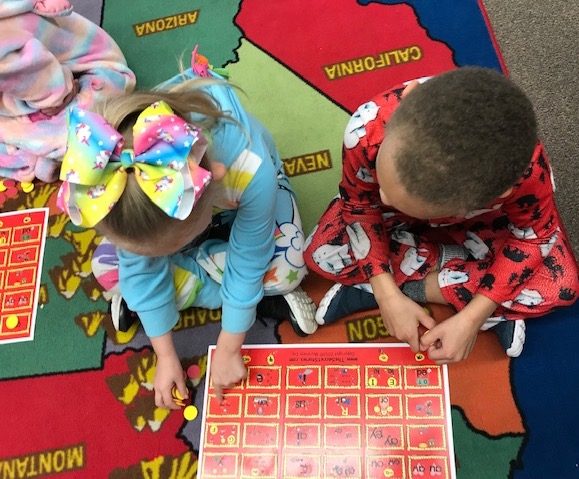
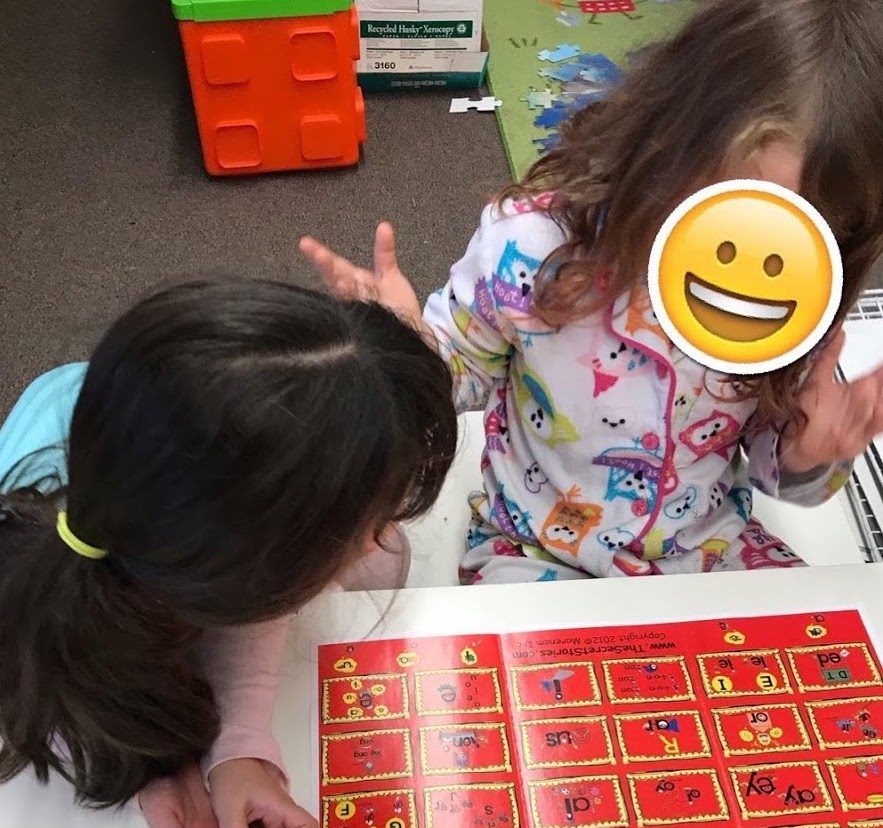
We play a lot of the Secret phonics games that Katie talked about in her LIVE talks, and I have made a concerted effort this year to get the Secrets “off the walls” and into the hands of the kids! As we wouldn’t ever want to really take our posters off the wall because we are constantly using them to read and write throughout the day, we use additional sets of placards, square posters and flashcards (as all are available without the book if you already have the kit). This has opened up a whole NEW level of learning fun!
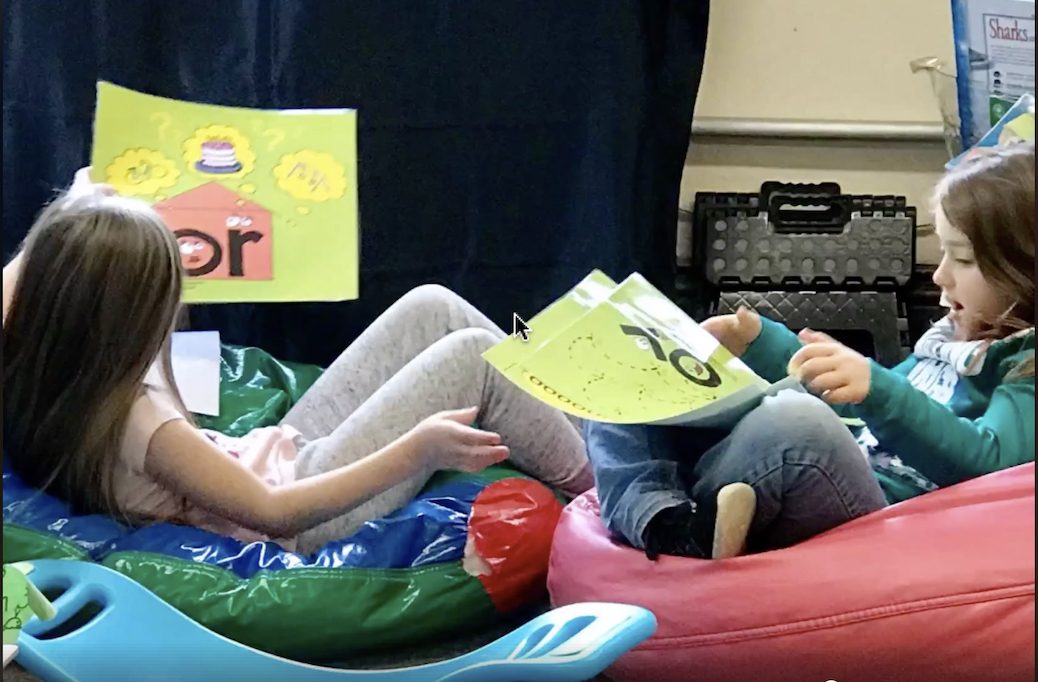
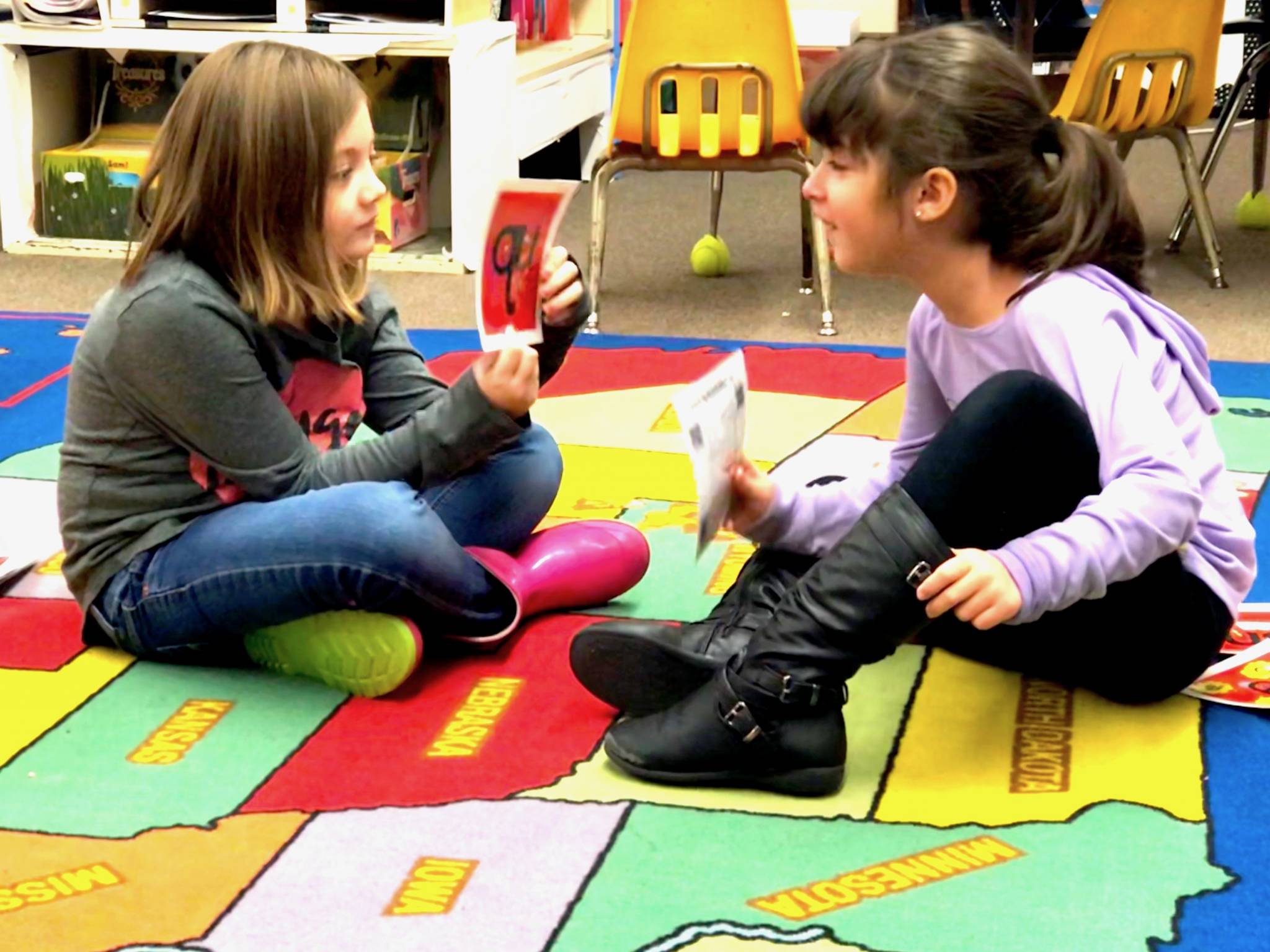
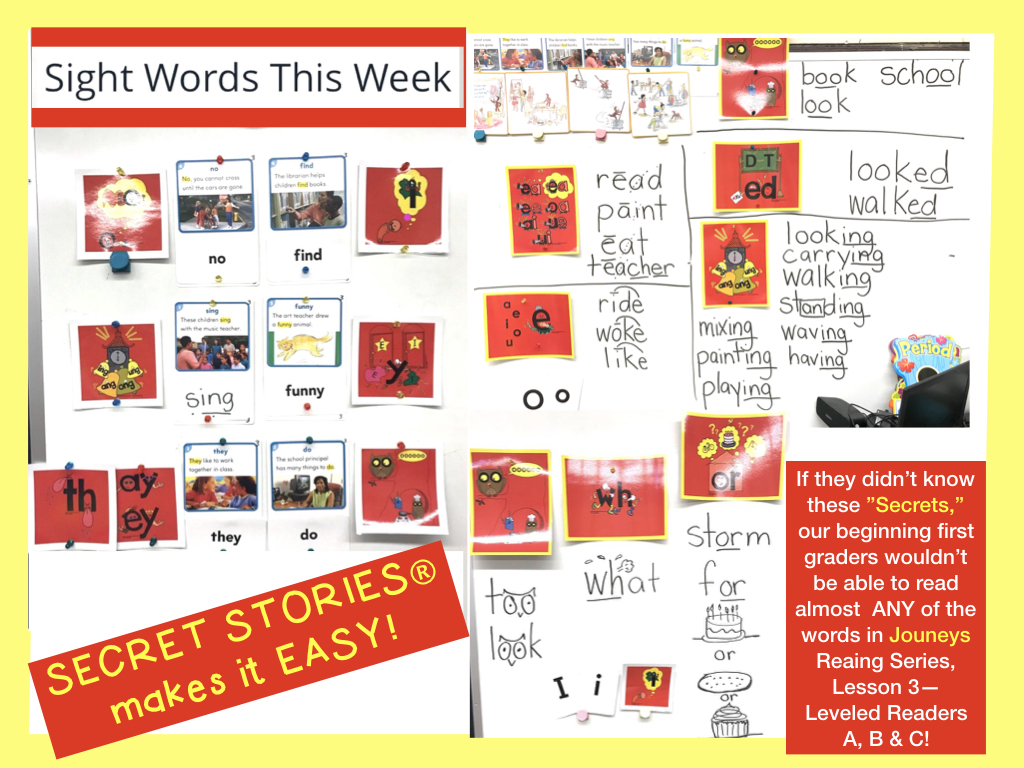
Plus, it helps to “connect the dots” for students who know the Secret Story, but need to see a concrete connection to the words that it’s in. Now I can bring the words and the Secrets together, as needed, which I actually do for every story in our Journeys Reading Series. Having extra sets of visuals that I (and students) can easily manipulate while keeping our “real” Secret Stories posters on the wall where they “live” (i.e. where kids can easily find them) has been a game-changer this year!
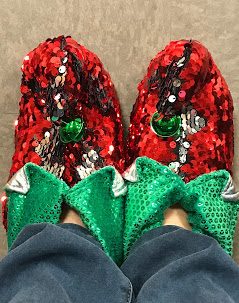
Thanks so much to Tara Settle at Settle On In for sharing more about the creative ways she uses the Secrets in her classroom!
Wishing everyone a happy, healthy and slightly “late” New Year!
Katie Garner
https://www.KatieGarner.com
PS If you don’t have Porta-Pics to send home, the Secret Story “Take-Home” Tags are an easy way to keep parents in the “learning-loop” and let them know which phonics Secrets their kids are learning OR have already mastered! With the Secret Sound Image/ Digital Sticker on the front and word examples on the back, they are perfect to send home and spark conversation and questions about the Secrets. (They also make a great “mini-book of Secrets” for fun home/summer review!)
And for those with access to an iPhone or iPad at home, there’s also a new Secret Stories App!
